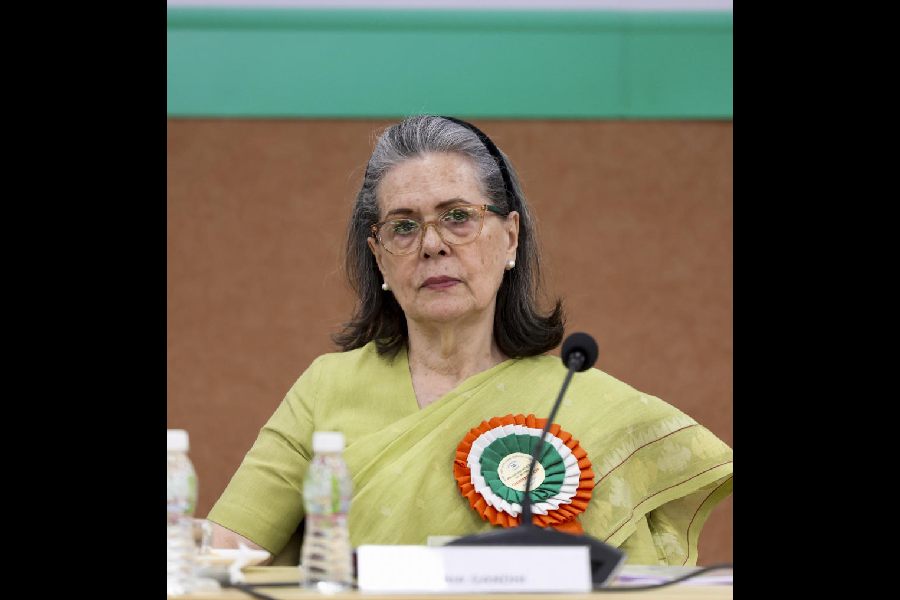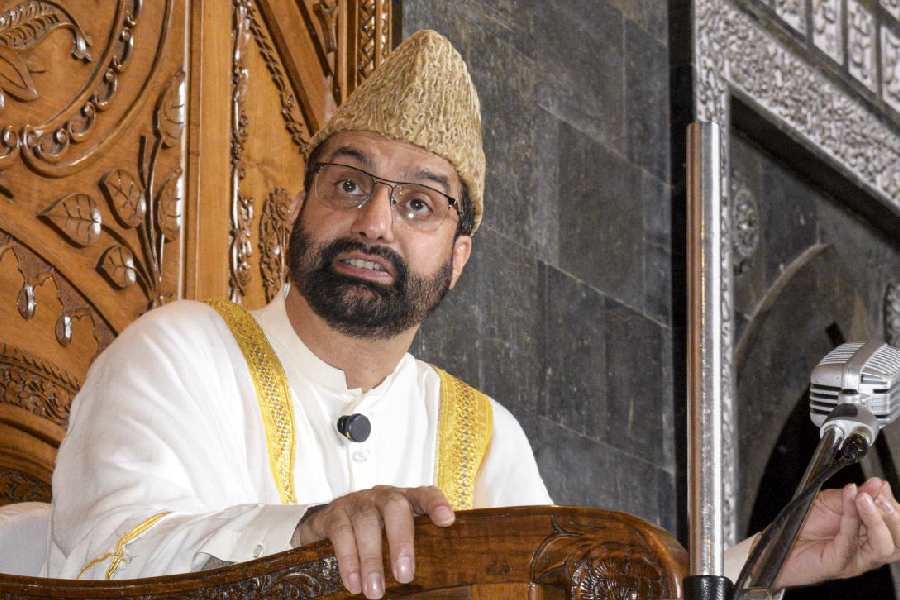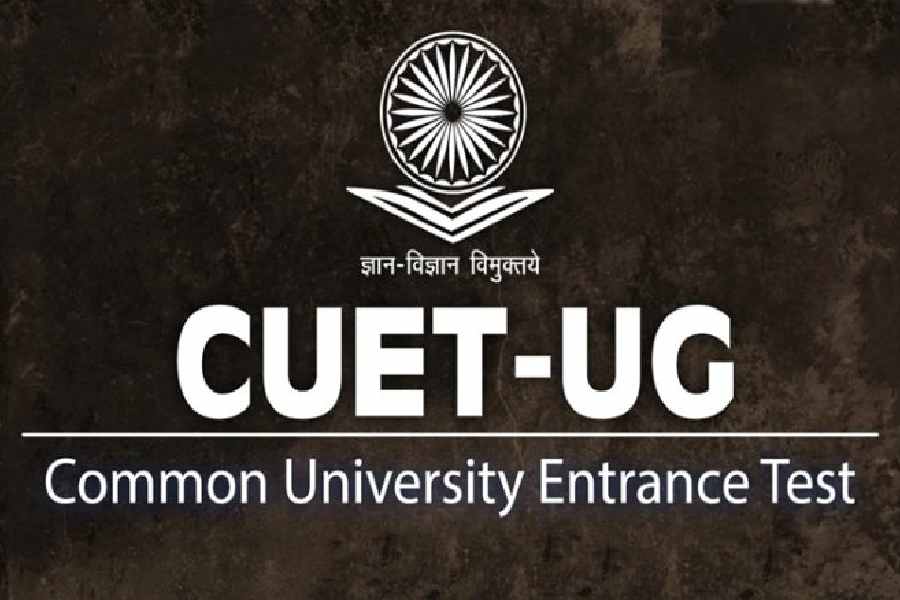Do you just pop an antacid whenever you get a shooting chest pain? Well, don't always assume that the pain is caused by gas - something people in Calcutta blame for most of their physical ills - because it can also be caused by dilated cardiomyopathy. It is a condition in which the heart's ability to pump blood is decreased because the heart's main pumping chamber, the left ventricle, gets enlarged and weakened. In some cases, it prevents the heart from relaxing and filling with blood as it should. As the heart becomes weaker, there's myocardial infarction or heart attack that often results in sudden death.
"Even though dilated cardiomyopathy (DCM) is fairly common - roughly afflicting one in 2,500 individuals in India - there's little awareness about this condition among people, including healthcare professionals," says biophysicist Kaushik Sengupta, who is trying to come up with a blood test that will be able to identify people with DCM.
Sengupta works with lamins - the proteins that keep the envelope around the nucleus of each cell in your body intact. Lamins act like a scaffold, providing shape and rigidity to the nucleus -the control room of a cell.
He has been trying to find out what goes wrong with these scaffolds, why and how they rust (abrupt changes, scientifically known as mutations), leading to the structure eventually collapsing. This shows up as critical disorders.
"Over the past 20 years, 400 such mutations in nuclear lamins or other proteins of the nuclear envelope have been identified as the root cause of 16 different genetic disorders known as laminopathies." The symptoms can range from different types of muscular dystrophy to neuropathy to premature ageing (such as progeria, depicted in the Bollywood movie Paa and Hollywood hit Renaissance) and heart disease. In cancers, this protein is variously regulated in expression.

"I had been part of a research team in the US that studied the mutation of lamins that gives rise to diseases such as Hutchison Gilford Progeria Syndrome, which causes premature ageing. Noted cell biologist Robert D. Goldman was my guide, " says Sengupta, who now works at Saha Institute of Nuclear Physics (SINP) in Calcutta. He was a postdoctoral fellow at Goldman's lab in Northwestern University Feinberg School of Medicine at Chicago. Goldman's basic research on lamins over the past several decades has led to the discovery that they are critical factors in replication of DNA, transcription of gene and nuclear assembly.
When Sengupta set up his lab at SINP five years ago, he wanted to focus on something different - a laminopathy that was prevalent in India. So he set his eyes on DCM.
After having collected peripheral blood samples of patients afflicted with DCM, Sengupta's lab identified several single nucleotide polymorphisms (SNPs) associated with LMNA gene which encodes lamin A protein. SNP is a variation in a genetic sequence that affects only one of the basic building blocks - adenine (A), guanine (G), thymine (T), or cytosine (C) - in a segment of a DNA molecule and precipitates the disease. The change leads to a loss of elasticity of the lamins forming the basic nuclear meshwork and eventually shows up as DCM.
Sengupta and his students Manindra Bera and A.S.R. Koti recently published a paper on the elastic behaviour of lamin A in Nature Scientific Reports. Ongoing studies in the lab heavily focus on understanding changes in nuclear architecture in laminopathies by using advanced imaging techniques. "I had to get a super resolution laser confocal microscope equipped with high speed detectors that grab live and fixed 3D colour images of nuclear sub-structures as fine as 115 nanometre aided with computational analysis," says Sengupta.
Sengupta and his current team of researchers are now trying to find out what really happens to the protein and how the LMNA gene is involved in all these. "We are trying to develop a blood test for the LMNA gene because of the high risk of sudden death in these patients," says Sengupta. "If the problem is identified in time, patients can be offered appropriate therapy [such as, implantable cardioverter defibrillator (ICD) therapy] to prevent DCM from advancing to intractable heart failure."
When Sengupta visited Nilratan Sircar (NRS) Medical College in Calcutta to collect samples of DCM, it turned out that this is one of the most undiagnosed cardiac problems. "Patients ignore the early warning symptoms and avoid the clinic until it has turned extremely critical or near-fatal," says Dr Pradip Ghoshal, a cardiologist at NRS Medical College.
Recently Sengupta's team - comprising Subarna Dutta and Biswendu Biswas - started working on another aspect of lamins. "Elasticity of lamins seem to play a key role in different types of cancer, such as ovarian cancer and breast cancer which are highly metastatic (that spreads from the primary site to others)," he says. Biopsy of patients' cells at the Tata Medical Centre in Calcutta show that their nuclei are extremely elongated. "Now our goal is to find out the role of lamins in modulating nuclear elasticity and DNA damage response in different forms of cancer."
A protein that can cause both cardiac disease and cancer - think of the possibilities if we can learn to manipulate it!










